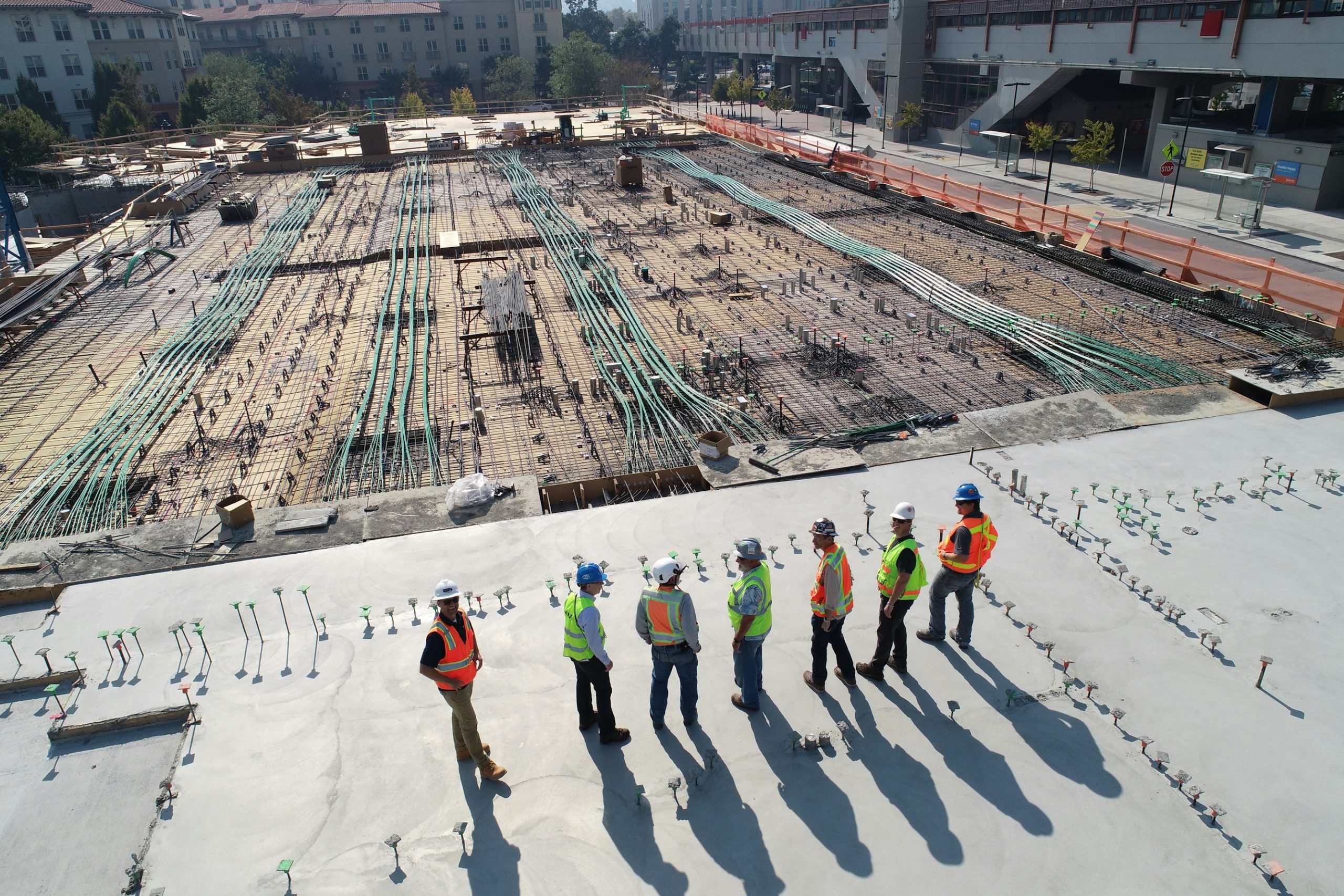Labor Management at Scale: Simplifying Attendance & Safety Logs
A Labor Management System (LMS) is an essential tool for construction firms looking to optimize workforce management, improve productivity, and ensure compliance with labor regulations. As projects grow in scale and complexity, organizations need a reliable LMS to streamline various aspects of workforce management, including time tracking, attendance, scheduling, and safety logs.
Key Components of Labor Management
Time Tracking and Attendance
Effective labor management begins with robust time tracking and attendance features within an LMS. Automated clocking in and out reduces the administrative workload and minimizes the risk of human error. With features like geofencing, organizations can ensure that employees are clocking in at the correct locations, further enhancing security and operational efficiency.
Shift Planning and Scheduling
Shift planning and scheduling are vital for meeting operational demands. LMS solutions help create optimized schedules based on historical data, employee preferences, and regulatory requirements. By reducing scheduling errors that could lead to overstaffing or understaffing, these systems ensure that labor availability matches demand.
Administration of Time Off
Managing time off requests is another crucial component of labor management. LMS systems help organizations ensure adequate staffing levels are maintained during absences. By automatically factoring in employee pay rates and mandatory time-off, businesses can achieve cost-effective staffing while remaining compliant with labor regulations.
Simplifying Attendance Logs
Automation
The automation of time tracking and attendance features in LMS solutions allows employees to clock in and out easily, providing real-time data on work hours, overtime, and absenteeism. This reduces the time spent on manual tracking, improves accuracy, and helps organizations stay ahead of potential compliance issues.
Real-Time Data Access
One of the most significant advantages of a robust LMS is real-time data access for managers. This capability allows for quick decision-making based on up-to-date attendance information, enabling organizations to identify trends and areas needing improvement related to attendance and productivity.
Enhancing Safety Logs
Compliance and Reporting
An efficient LMS helps maintain adherence to labor laws and company safety policies. With automated reporting features, organizations can easily keep and access safety logs, effectively reducing the administrative burden and minimizing the risk of non-compliance.
Incident Tracking
Advanced labor management solutions often include functionalities for tracking workplace incidents and near-misses. By maintaining accurate incident records, businesses can analyze data to implement better safety measures, ultimately reducing workplace accidents and improving overall safety compliance.
Scaling Labor Management
Expanding Operations
As businesses expand, effective labor management solutions are crucial to maintaining operational efficiency. These systems streamline and automate key processes to ensure that growth is seamless and cost-effective, all while maintaining quality standards.
Data-Driven Decision Making
Leveraging the insights and data provided by an LMS is essential for effective decision-making. Businesses can identify areas to optimize labor costs without compromising quality or disrupting company culture. This data-driven approach is imperative for organizations aiming to scale effectively and maintain high productivity levels.
Best Practices and Emerging Innovations
Demand-Driven Scheduling
Implementing demand-driven scheduling ensures that staffing levels are aligned with real-time demand. Utilizing analytics, businesses can optimize schedules based on current project needs, thereby improving productivity and managing costs effectively.
Integration with Other Systems
Integrating the LMS with other business systems, such as ERP or HR systems, can provide a holistic view of workforce management. This interconnectedness can further streamline operations and optimize resource allocation.
Mobile Accessibility
Mobile-friendly LMS solutions empower employees and managers to access labor data on the go. By enhancing mobility in labor management, organizations improve both flexibility and efficiency, ensuring that labor management can adapt to the dynamic nature of construction projects.
How Zepth Can Help
Streamlined Workforce Management
Zepth offers solutions designed to integrate seamlessly with labor management systems, optimizing workforce planning, scheduling, and time tracking. By leveraging Zepth’s tools, businesses can maintain efficiency and compliance across all operational levels.
Data Analytics
Zepth’s advanced analytics capabilities enable organizations to analyze labor data to identify trends, optimize staffing, and enhance overall productivity. This data-driven approach ensures that companies can grow effectively without compromising quality or safety.
Compliance and Safety
By utilizing Zepth’s solutions, businesses can streamline the management of safety logs and enhance compliance with labor regulations. This reduces the risk of non-compliance, thereby improving workplace safety and overall operational integrity.
For more information on how Zepth can support your labor management needs, visit Zepth’s Workforce Management Solutions.
Statistics and Use Cases
- Cost Efficiency: Implementing a TLM system can streamline costs, eliminating hundreds of tiny steps in labor time tracking and accounting.
- Productivity: Automated scheduling and time tracking can reduce administrative workload by up to 50%, allowing managers to focus on higher-priority tasks.
- Compliance: LMS solutions facilitate adherence to labor laws and company policies, significantly reducing the risk of penalties due to non-compliance.
By adopting a robust labor management system and integrating it with versatile tools like Zepth, businesses can simplify the complexities of attendance and safety logs, efficiently scale operations, and maintain high productivity and compliance levels on construction sites.




